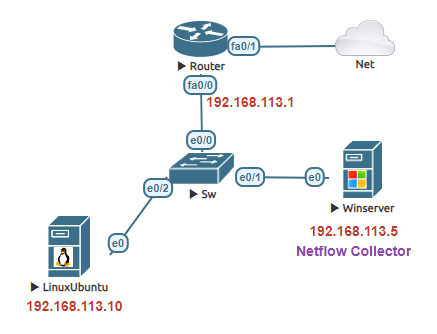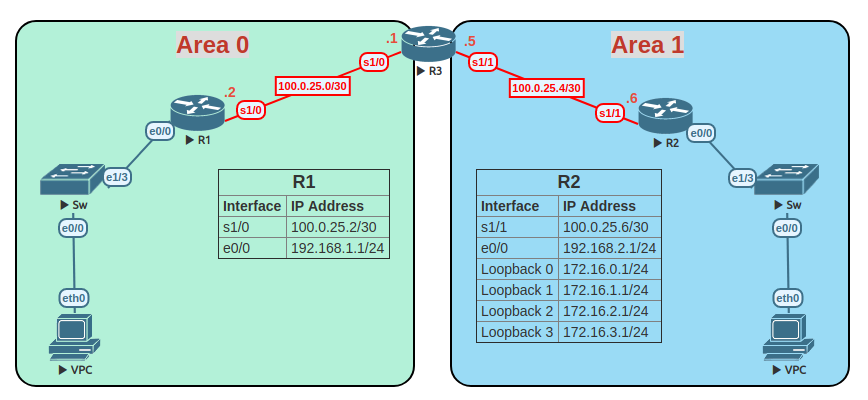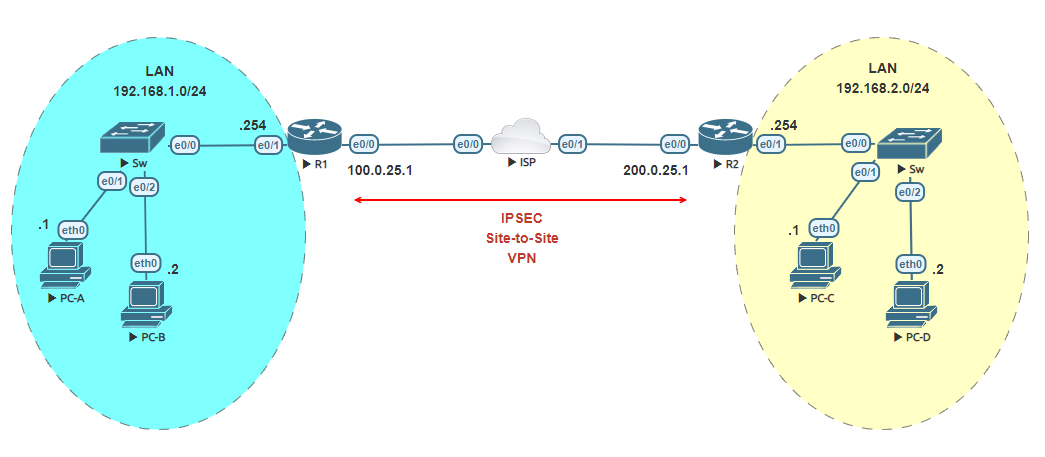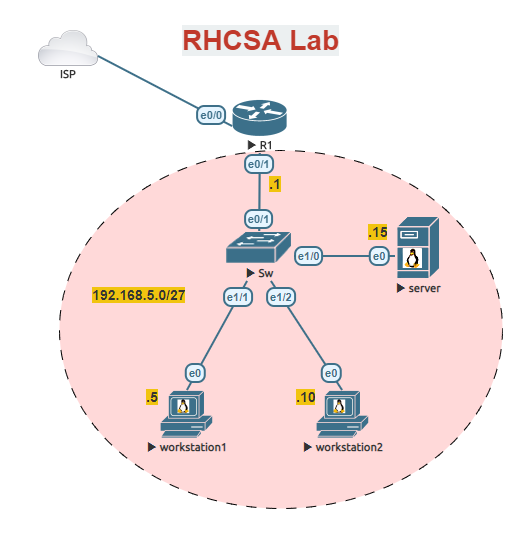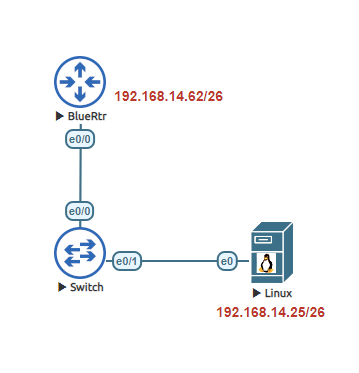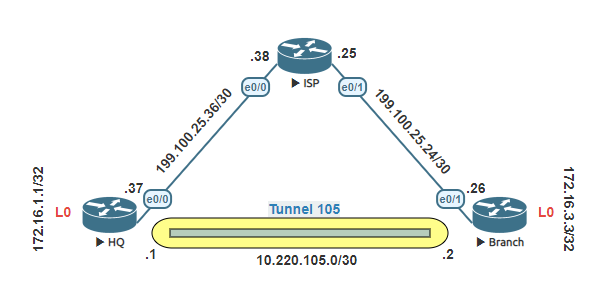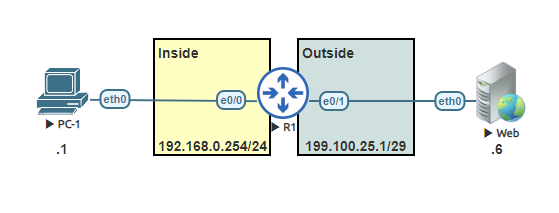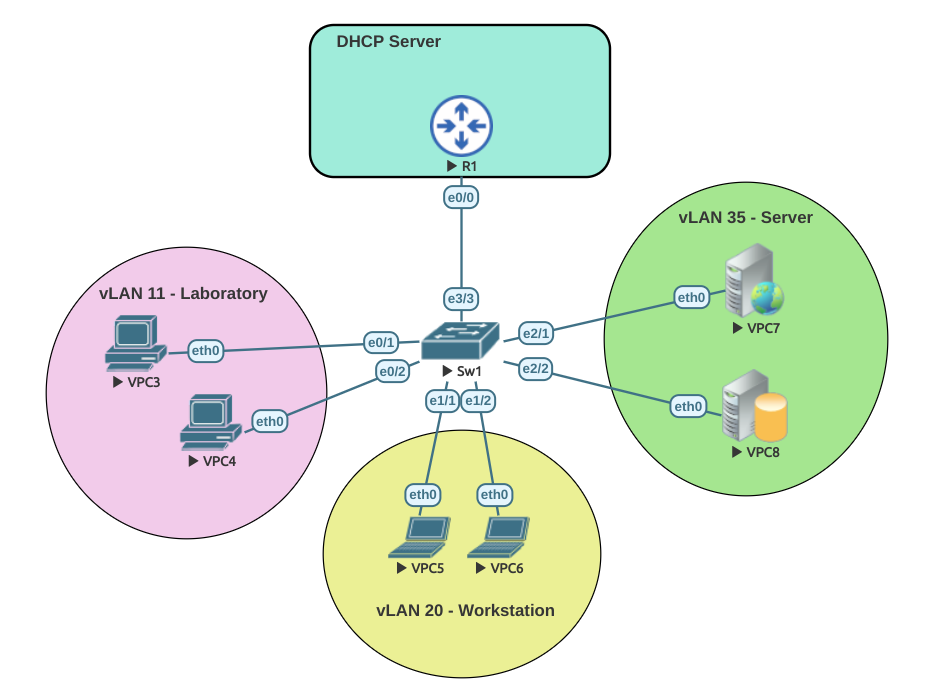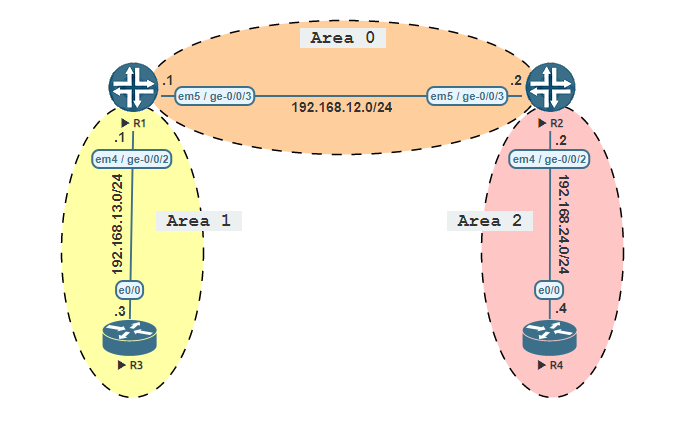**Update: Featured image was updated to change Netflow collector instead of server 05/27/2020 Netflow is a network protocol that provides a look into the network traffic and the capability to monitor the flow of data traversing the network. Traditional Netflow and Flexible Netflow is a feature that was added to Cisco routers. Flexible Netflow is […]
